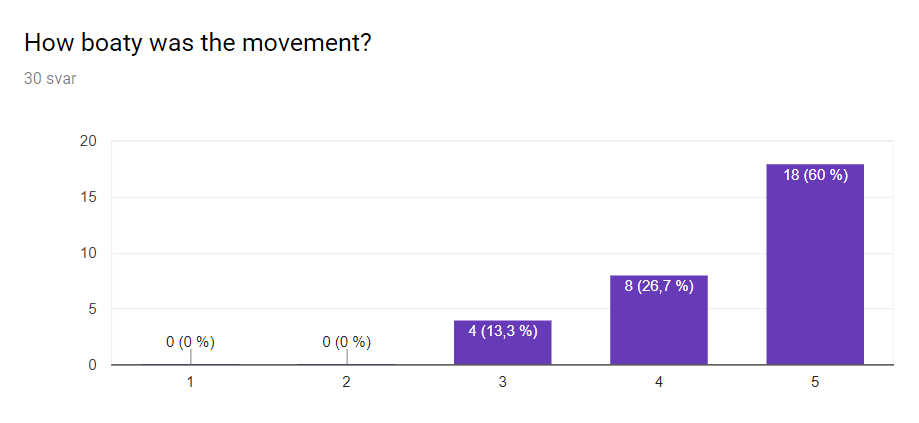After many weeks of development, our game is finally complete. It changed a whole lot from our starting concept.
Navisy: Creatures of the Deep is a top-down shooter where the player takes the role of a curious fisherman setting out in search for a mythological beast that lurks in the depths. The game has the player steering their fishing boat however they like across an endless sea searching for artifacts that eventually leads to a climactic boss fight, fending off enemy squids along the way with the their trusty harpoon. The water is dark however and seeing without an artificial light source will do no good, so the player will have to manage resources such as oil for searchlights and flares to survive.
The game can be played here: https://avokadomos.itch.io/navisy-creatures-of-the-deep
I have learned a lot during this course. Being able to put what we have been taught so far into practise have proven very useful and thanks to our excellent project manager, who’s been very thorough and invested through out, we’ve been able to experience a little bit of what working in the industry will be about.
First, I’d like to start with what have gone well: we actually made a game. I have never been part of a project like this before and seeing it slowly come to life has been a great experience. Although the game wasn’t perfect, I am still very proud of it.
So what could have gone differently? How could we, and more importantly I, have made the game better?
One thing I noticed later on in the project was that the game lacked proper basis. The core loop didn’t present itself until 4-5 weeks in, and it wasn’t very good. At the beginning of the project, our group had the mentality of ”Oh, the game will be a lot better once we add X and Y”, when in reality, that’s not how it works. If the game doesn’t work after the MVP, then it won’t work at all.
The main mechanics needs to be tight and really well designed. As an example, let’s look at the 2017 title by Gears for Breakfast: A Hat in Time.
In A Hat in Time, the player has two major mechanics: jumping and dashing. The developers made sure that these two things worked and felt good before adding anything else to the game, building the rest of the game around these two things. The fact that the game would still be fun even if the player only had a blank room to move around in goes to show how much they succeeded. Our game never got its main mechanics down properly, so the rest of the game kind of fell apart because of it. It just got new layers on top while we ”winged it” sprint after sprint.
The arcade project is coming up and I couldn’t be more excited. It’s one of those fresh starts that only the education can provide and another shot for me to take what I’ve learned from the first project and try some new procedures. This time, I will make sure that the MVP works and that the core loop and mechanics are down before I do anything else.
